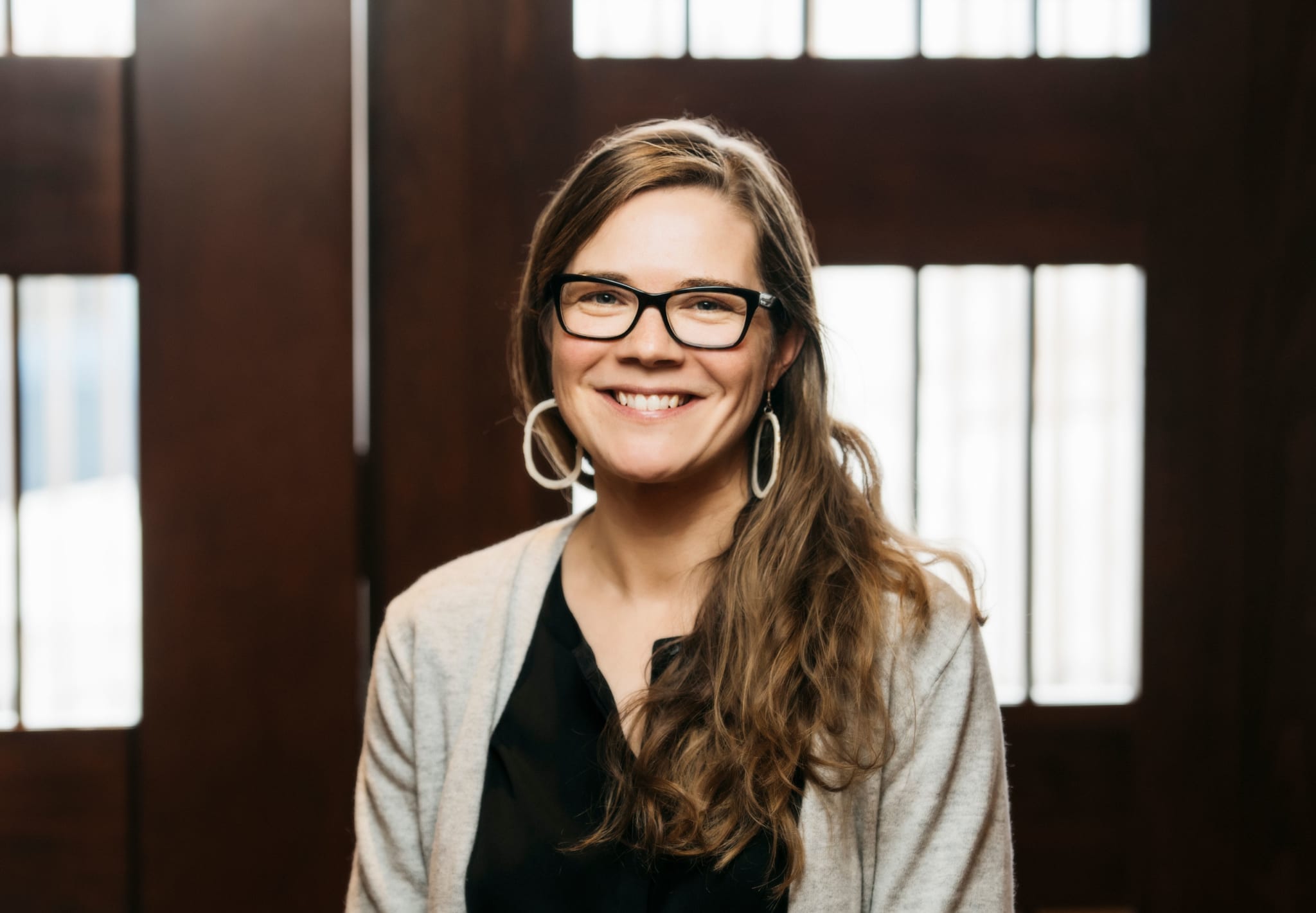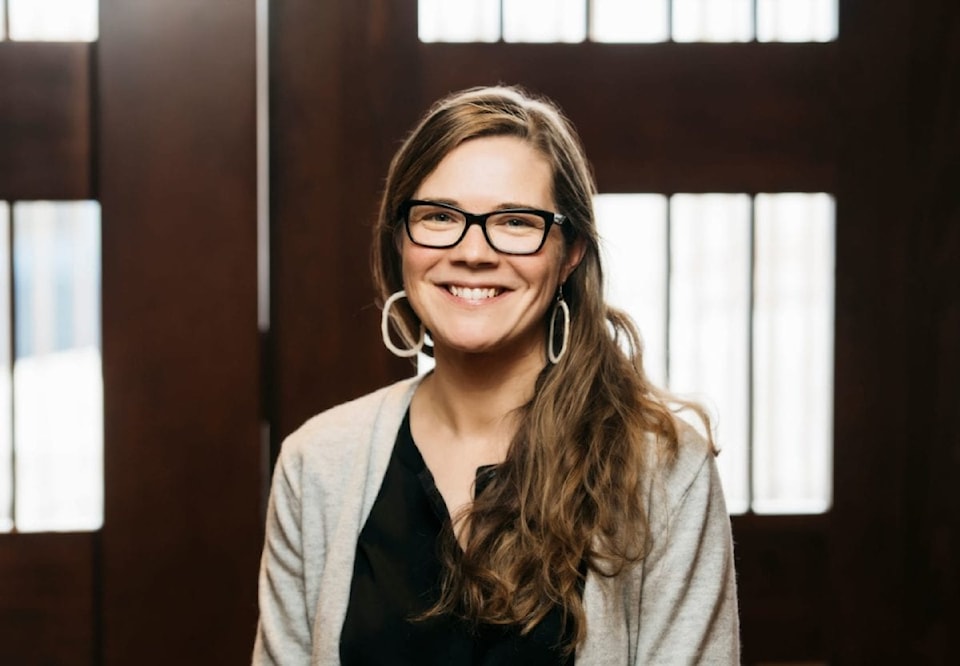With her new book, Jess Dunkin aims to complicate canoeing.
In Canoe and Canvas: Life at the Encampments of the American Canoe Association,1880-1910, she tells the history of an organization that had a large impact on how contemporary paddlers understand their sport.
Celebrating its launch recently with Amos Scott, Michelle Swallow, and Dr. John B. Zoe sharing their own canoe stories, the author said she was surprised by the book's resonance with the community and its canoeists.

Photo courtesy of Jess Dunkin
Dunkin, who moved to Yellowknife in 2015 to work with the NWT Parks and Recreation Association, first finished the book in 2012 as a doctoral dissertation at Carleton University in Ottawa.
She waited a year before doing a massive rewrite and cutting the draft down significantly. That first draft was about 160,000 words when she submitted it. When it went to the publisher, it was 90,000 and more accessible to a general audience.
“I will say that my dad, who did not read my dissertation, has been reading the book,” she said. “That’s a good sign.”
Often times, she said, people would be surprised that sport and recreation could be the subject of historical scholarship.
In those cases, she would talk about her history of canoeing, get a funny look, and hear the other person say, “you can write about those things or study that?”
For Dunkin, that’s a clear yes.
“The parts of our lives that we take for granted, that we overlook, often have the most to tell us about who we are,” she said. “Not just about ourselves but to tell us about a society and how it looks the way it does.”
In this case, of American Canoe Association (ACA) played a role in colonialism, transforming the canoe from a tool of transportation for Indigenous peoples typically brushed aside by white North Americans to an acceptable pastime for the largely middle-class white men who made up the organization.
In the beginning, the ACA's encampments were short events, lasting only a few days and almost entirely dedicated to racing. Boaters would both paddle and sail. Afterward, they extended the encampments to two or three weeks.
While there was still a regatta element, there was also socializing — shared meals, camp fires, fishing trips, baseball and tennis games, and various other excursions.
Other events included spectacles of lining up canoes in parade or doing historical reenactments, in addition to circuses, and hired performers.
However, Dunkin found other examples of division race, class and gender cropping up in the ACA’s history. That included examples of racism when participants donned blackface to perform in minstrel shows, or the political implications of the finding the land and work behind every event.
For example, while researching, Dunkin also came across a photo of the Brooklyn Canoe Club, where a black man, described in the caption as the camp’s cook, was positioned behind the members.
“That really disrupted my understanding of the encampment,” she said, explaining it revealed behind the events that could often go overlooked.
While presented as opportunities for leisure for the participants, there were also people of colour, working-class people, and rural residents whose work made the events possible.
There were also gendered divisions. Men and women were also located at separate encampments. Women also faced limited participation at certain events, in addition to limited movement.
“They both reflects divisions that existed in society at the time, but they also help to reinforce them,” Dunkin explained.
Ultimately, she hopes a history of the organization and its effects on canoeing, will help contemporary paddlers develop their own understanding of its place in their lives.
“I hope it encourages people to reflect on their own canoeing practices, and not just canoeing, but their recreational practices in general,” she said, explaining that there could be different readings of the book depending on the audience, and that this one may apply more to white paddlers like herself.
“Think seriously about where and how we paddle, where and how we recreate. I hope it inspires people by (offering) different lenses they can use to reflect on their own experiences.”
